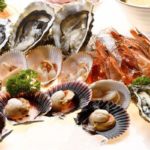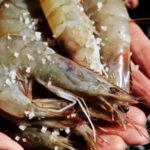Shrimps are a common ingredient in family meals, known for their nutritious qualities. While many are familiar with the overall appearance of a shrimp, let’s take a closer look at its detailed structure and the role each part plays.
First About Shrimps
Shrimp are crustaceans with ten legs. They can be found in various aquatic environments, including saltwater (such as the ocean) and freshwater (like rivers) as well as brackish water.
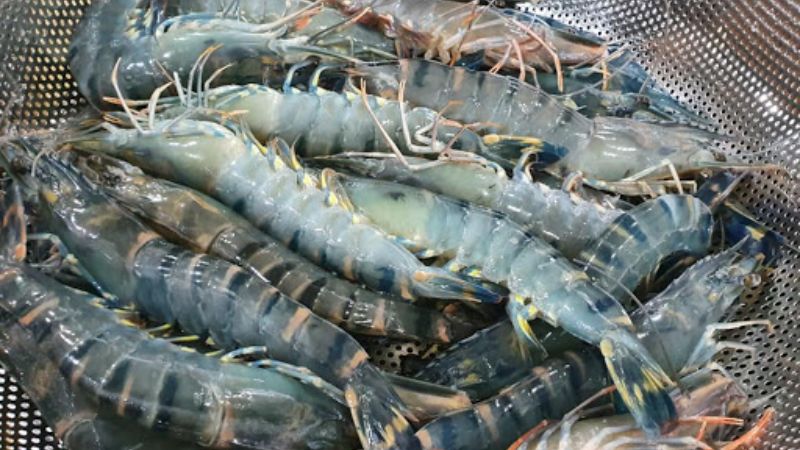 Crustaceans are rich in nutrients
Crustaceans are rich in nutrients
Shrimps use their legs to crawl and swim in the water. They have the ability to swim backward by bending their bodies, allowing them to escape in certain situations. While there are some species of shrimp that live parasitically with snails, most shrimp share a similar structure.
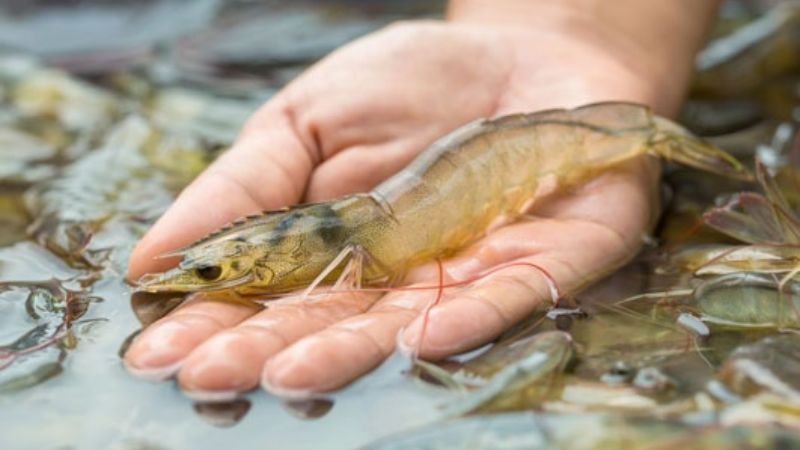 Shrimp swings its legs to swim
Shrimp swings its legs to swim
Shrimps are omnivorous, feeding on both plants and animals. They have olfactory cells on their long antennae, allowing them to detect food from a distance. Shrimp are also a popular source of food for humans, particularly in seafood dishes.
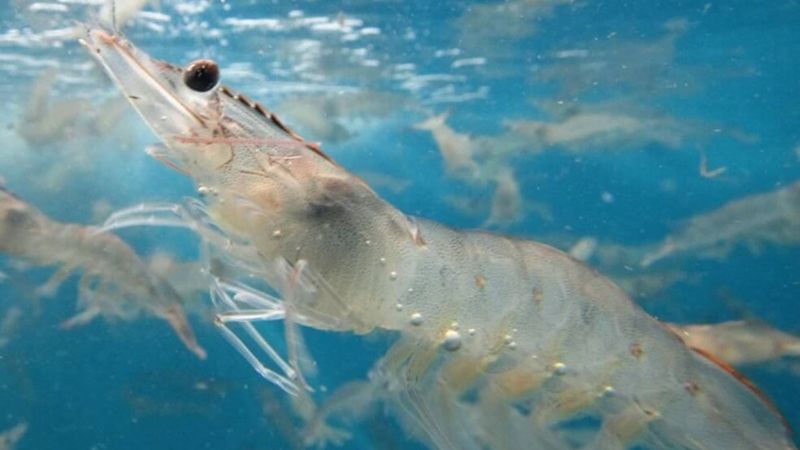 Shrimp with many nutrients
Shrimp with many nutrients
2 How many parts does the shrimp body have?
External structure of shrimp
The shrimp’s body shell is composed of chitin, a characteristic component of crustacean skeletons. The shrimp shell is tough due to the presence of calcium, providing protection and aiding in muscle development. Additionally, the shell contains pigments that allow the shrimp to change color according to its environment.
 External structure of shrimp
External structure of shrimp
Internal structure of shrimp
The shrimp’s body is divided into two parts: the head and thorax, and the abdomen.
The head and thorax part serves as the center for prey orientation and capture. It includes 2 pairs of antennae for smell and touch, as well as single and compound eyes. The shrimp’s mouth is surrounded by the jaw or prey-catching organ, and it has 5 pairs of crawling legs, including 2 pairs with pincers.
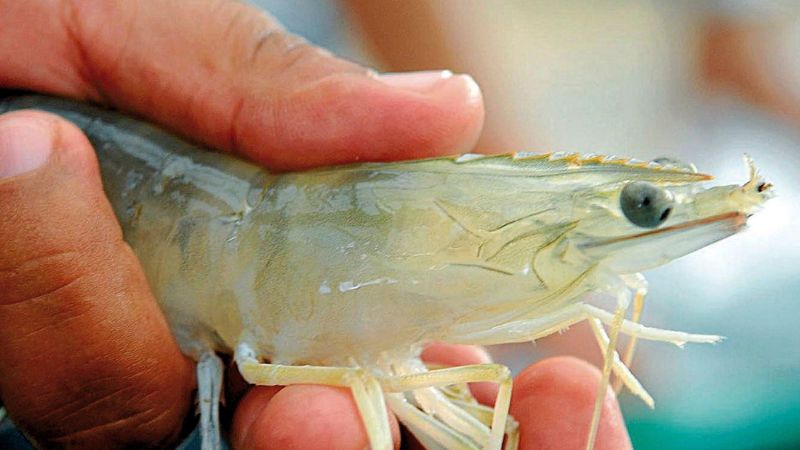 Shrimp head
Shrimp head
The abdomen is responsible for the shrimp’s movement in the water. It has a mechanism for swimming or recoiling by bending the body toward the abdomen. The structure of the abdomen is relatively simple, including two plate-shaped swimming legs and a pair of specialized legs that act as both fans and rudders.
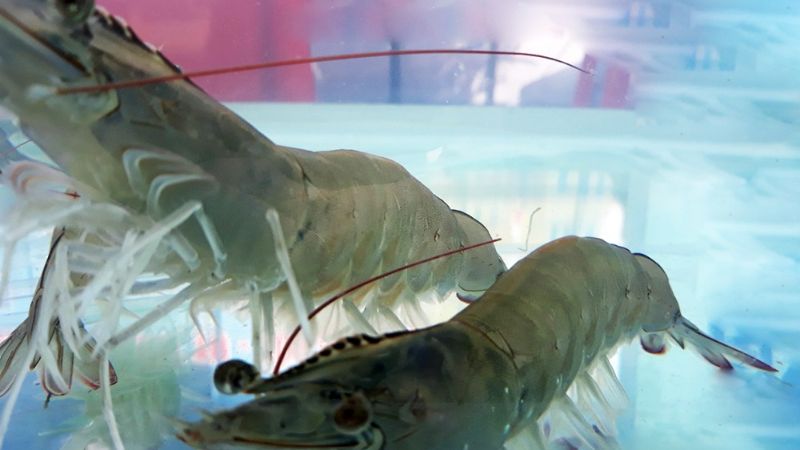 Shrimp belly
Shrimp belly
3 Delicious dishes from shrimp
Shrimp is a highly nutritious ingredient commonly used in Vietnamese family dishes. It can be prepared in various delicious and attractive ways, preserving the sweetness and freshness of the shrimp while adding unique flavors to each dish.
With its beneficial nutritional composition, shrimp is an excellent source of protein and calcium for maintaining good health.
Lobster
Lobster is a prized delicacy from the ocean, considered an expensive and must-try dish by food connoisseurs. Its meat is delicious, large, and succulent, making dishes like lobster soup and lobster salad highly regarded.
Explore more:
 Lobster delicious dish
Lobster delicious dish
Black tiger shrimp
Black tiger shrimp is a popular species known for its delicious taste and high nutritional value. It contains over 20 different types of protein and is favored for dishes such as grilled shrimp, shrimp noodles, shrimp stir-fry, and shrimp salad.
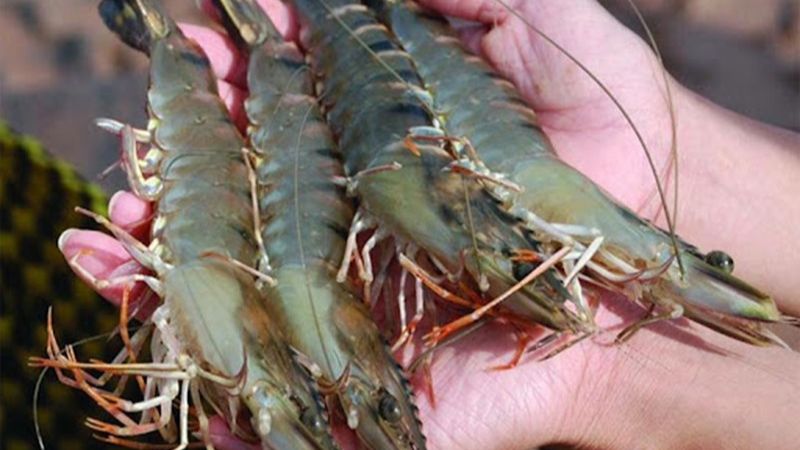 Delicious nutritious prawns
Delicious nutritious prawns
Dried shrimp
Dried shrimp is a popular ingredient that involves drying fresh shrimp for easier cooking. It offers a distinctive flavor, beautiful color, and high nutritional value. Dried shrimp is commonly used in everyday dishes like fried rice, stir-fries, and soups.
Explore more:
 Wild, familiar dried shrimp
Wild, familiar dried shrimp
This article by Bach Hoa XANH provides information on the different parts of a shrimp’s body and its detailed structure. It also introduces various delicious shrimp dishes. We hope this article expands your knowledge and inspires you to explore more shrimp dishes.
How to Choose Fresh Seafood: Important Cabinet Tips
In recent years, concerns have been raised over the practice of injecting urea and chemicals into seafood, making it difficult to find safe and fresh options. To help, DienmayXANH.com offers some tips on how to select the best seafood available. Seafood is a rich, delicious, and nutritious source of food, and this advice will help ensure you make the most of it.

























